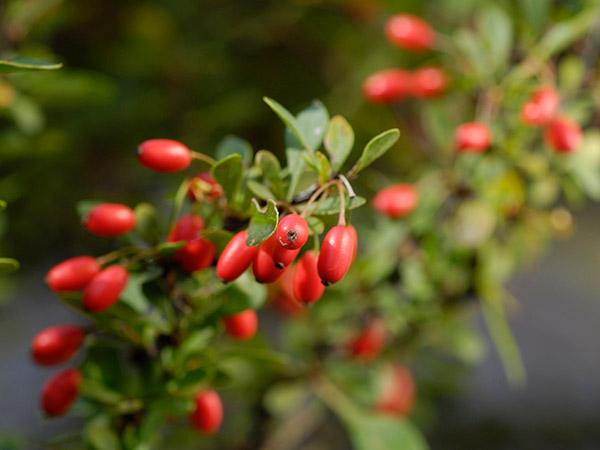
Continue to plant deciduous trees and shrubs as weather permits. The alternate time for planting is next March, before plants leaf out. Apply 2 to 4 inches of wood chips, shredded bark, leaves, or compost to root zones of newly planted trees and shrubs. Be sure to pull mulch 4 inches away from tree trunks.
Continue to water trees and shrubs, especially evergreens, until the ground has frozen completely.
If rabbits, rodents, or deer have been a problem in past winters, take precautions with valuable woody plants now. To keep deer from rubbing antlers on tree trunks, spread garden netting or snow fencing around abused trees. Creation of physical barriers is more effective than sprays. Deter rabbits and rodents from overwintering in gardens by cutting down their winter habitats, such as ornamental grass clumps or perennials left standing for winter interest. Protect tree trunks from gnawing rabbits by setting up 12 to 16 inches of hardware cloth tacked into the soil 3 inches away from the trunk.
If necessary, construct burlap windbreaks 12 inches away from any newly planted, sensitive shrubs. The screens will buffer damaging effects of bitter, northwest winter winds.
Antidessicant sprays are not recommended for routine use on broadleafed evergreens. Some gardeners have used these products on rhododendron, azalea, boxwood, or holly to protect foliage from the drying effects of wind. Research indicates, however, that the waxy coating these products create can interfere with normal transpiration in the plants' foliage.

